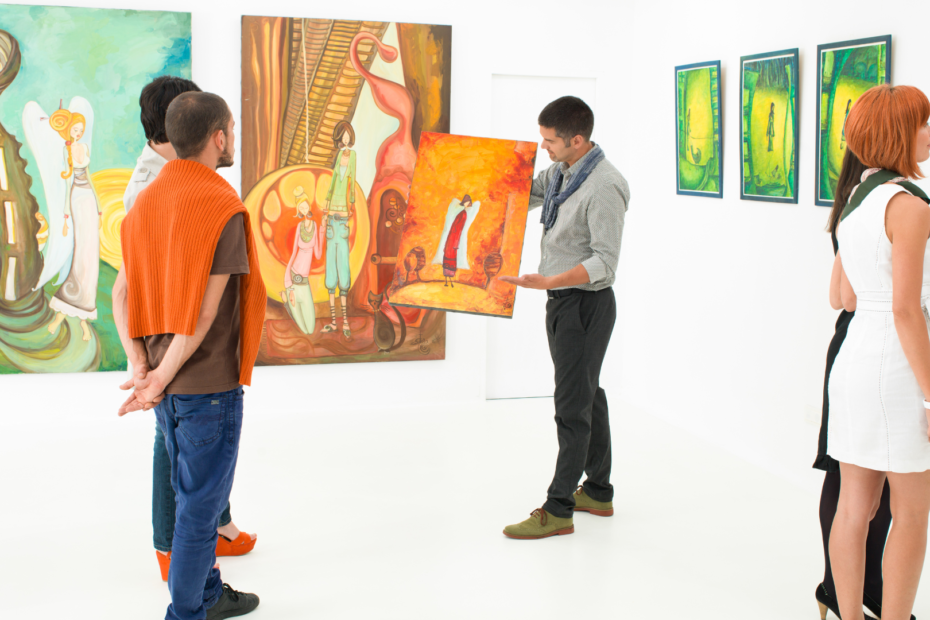Art auctions are fascinating gambles. They feature historical artifacts, rare items, priceless works, and other things that end up in one bidding war after another. The excitement of seeing works valued at millions of dollars going up for bid is often enough to send people into a tizzy. While there are stories about people winning millions at an auction, most attendees walk away satisfied themselves. While their love of art and the thrill of competition drives their passion, there are other ways to see art.
The more sophisticated the art or collectibles market is, the more complicated the sales process. If you love something, be prepared to consider an investment of time and money. Auctions offer more anonymity than most sales, but buyers often have to pay a premium for an object that would typically sell for less in other markets. So, when it comes time to make deals in an art auction, be sure to consider your expectations and be prepared to act fast.
Know Your Quarry
At a fine art auctions Australia (or elsewhere in the world) the buyers and the sellers happen to be the biggest players. The buyers are most interested in the work, and the sellers are more interested in selling. The auctioneer is in the middle, with their job being to entertain and add value to the bidding. But beginning artists at auctions have an edge in understanding how the game works and how to win it.
With Editions, Check with the Art Dealer First
When investing in art, it’s essential to do your research. If you are buying art as an investment, it’s important to know the artist, the type of art, and where the art came from. It’s also helpful to know that art is often sold at an auction. An art auction’s auction format allows you to bid, and if you don’t win a bid, you simply miss out on the artwork.
Learn the Magic of the Absentee Bidder
An art auction house is a magical place where, after careful research, you can acquire a Picasso for a fraction of the paper value of the work. This is made possible only by the magic of the absentee bidder. The magic of the absentee bidder is that if you win the auction, you may purchase artwork from a gallery and pay the auction house the difference. The absentee bidder’s magic, however, is finite. The absentee bidder only bids $3,000, but the gallery owner pays an extra $3,000. The absentee bidder then bids $10,000, but the gallery owner pays an extra $10,000. And so on, until the absentee bidder gets tired and bids $1. This magic works very well for the seller and the gallery owner but is terrible for the absentee bidder.
Observe the Reserve
In order to make the best price, it’s important to be competitive and have some knowledge. If an auction is without reserve, it’s expected that all lots will sell, and less serious bidders may come and go. A lower reserve means that the lot may be sold if a bidder is willing to make a not particularly competitive bid. If a lot doesn’t sell shortly after being listed, its reserve may be raised, making another bidder think it’s worth making a more competitive bid.
Dive into the Deep End-and Paddle
An art auction is an excellent way to increase your art collection, whether you’re just getting started or already have a sizeable collection. Art auctions generally offer easier-to-obtain access to artwork than through auction houses since there are fewer restrictions. But to achieve the best pricing, you need to know how to wade through the unfamiliar world of art auction bidding.
Art auctions can be exciting, as you bid on the artwork you really like, and other times they can be heart-wrenching, as you bid against friends and relatives for pieces you love. But the truth of the matter is art auctions are essentially a numbers game. The more money you spend in an art auction, the more likely you are to walk away with something you want, so the key to making deals is to bid strategically.
